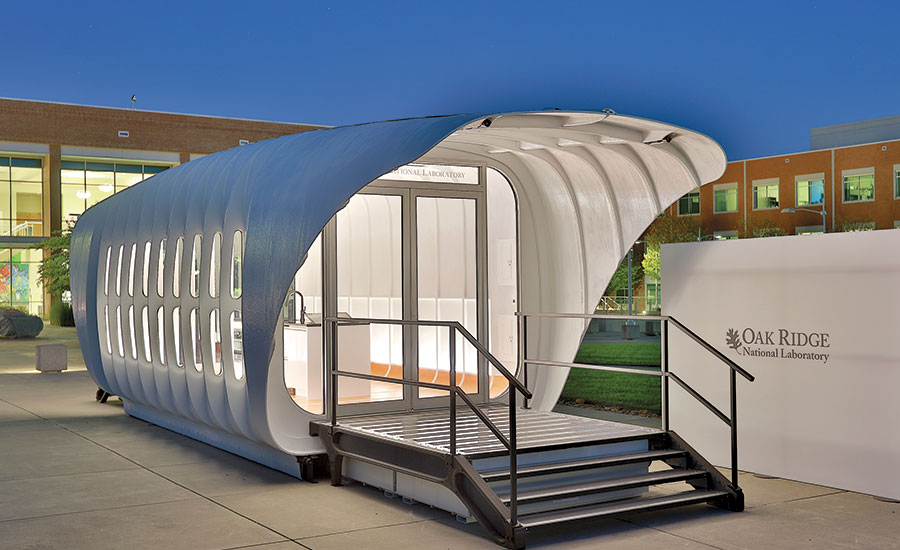3-D Printing: Beyond the Prototype
Learning Objectives:
- Define the terms “3-D printing” and “additive manufacturing” and describe some of the ways architects and engineers are starting to use these processes for the creation of habitable spaces and full-scale functional components.
- Discuss how the combination of 3-D printing and computational tools can result in optimized building components, thereby improving structural performance and efficiency.
- Explain some of the ways 3-D printing, used as an alternative to traditional construction methods, can help reduce construction waste.
- Discuss current regulatory and technological impediments to widespread adoption of 3-D printing as an alternative to traditional construction methods.
Credits:
This course is approved as a Structured Course
This course can be self-reported to the AANB, as per their CE Guidelines
Approved for structured learning
Approved for Core Learning
This course can be self-reported to the NLAA
Course may qualify for Learning Hours with NWTAA
Course eligible for OAA Learning Hours
This course is approved as a core course
This course can be self-reported for Learning Units to the Architectural Institute of British Columbia
This course is part of the Business & Technology of Architecture Academy
Gutenberg’s introduction of movable type six centuries ago was a true revolution. The development forever altered the way information was received and disseminated, democratizing knowledge. Printing’s recent move beyond two dimensions could be similarly transformative. Since 3-D printers were first developed in the 1980s, the technology has made inroads into the aerospace and auto industries and medicine, and it has been embraced by DIYers and tinkerers everywhere.
In architecture, as everyone knows, 3-D printing is now regularly used to make study models and as a rapid prototyping tool, but not to create full-scale functional components or habitable spaces—yet. This situation seems to be on the cusp of changing, however, as architects, engineers, and others explore the process as an alternative to conventional fabrication and construction.
Continues at architecturalrecord.com »

Photo © Oak Ridge National Laboratory












